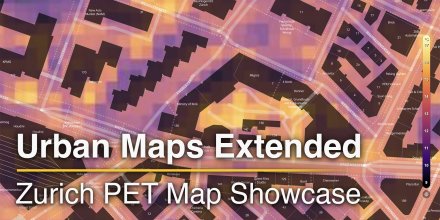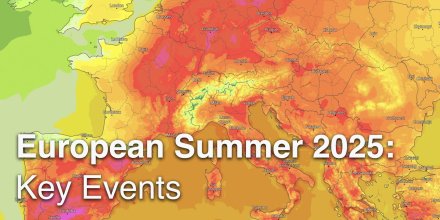|
Precipitation hourly
|
00:00 to 01:00:
0% chance of precipitation in the area.
0″ are predicted by our local models.
01:00 to 02:00:
0% chance of precipitation in the area.
0″ are predicted by our local models.
02:00 to 03:00:
0% chance of precipitation in the area.
0″ are predicted by our local models.
|
03:00 to 04:00:
0% chance of precipitation in the area.
0″ are predicted by our local models.
04:00 to 05:00:
0% chance of precipitation in the area.
0″ are predicted by our local models.
05:00 to 06:00:
0% chance of precipitation in the area.
0″ are predicted by our local models.
|
06:00 to 07:00:
0% chance of precipitation in the area.
0″ are predicted by our local models.
07:00 to 08:00:
0% chance of precipitation in the area.
0″ are predicted by our local models.
08:00 to 09:00:
10% chance of precipitation in the area.
0″ are predicted by our local models.
|
09:00 to 10:00:
0% chance of precipitation in the area.
0″ are predicted by our local models.
10:00 to 11:00:
25% chance of precipitation in the area.
0″ are predicted by our local models.
11:00 to 12:00:
25% chance of precipitation in the area.
0″ are predicted by our local models.
|
12:00 to 13:00:
60% chance of precipitation in the area.
0″ are predicted by our local models.
13:00 to 14:00:
60% chance of precipitation in the area.
0.01″ are predicted by our local models.
14:00 to 15:00:
60% chance of precipitation in the area.
0.07″ are predicted by our local models.
|
15:00 to 16:00:
65% chance of precipitation in the area.
0.15″ are predicted by our local models.
16:00 to 17:00:
65% chance of precipitation in the area.
0.19″ are predicted by our local models.
17:00 to 18:00:
40% chance of precipitation in the area.
0.15″ are predicted by our local models.
|
18:00 to 19:00:
40% chance of precipitation in the area.
0.07″ are predicted by our local models.
19:00 to 20:00:
35% chance of precipitation in the area.
0.01″ are predicted by our local models.
20:00 to 21:00:
35% chance of precipitation in the area.
0″ are predicted by our local models.
|
21:00 to 22:00:
25% chance of precipitation in the area.
0″ are predicted by our local models.
22:00 to 23:00:
15% chance of precipitation in the area.
0″ are predicted by our local models.
23:00 to 00:00:
25% chance of precipitation in the area.
0″ are predicted by our local models.
|
|

















 Manila
Manila 


